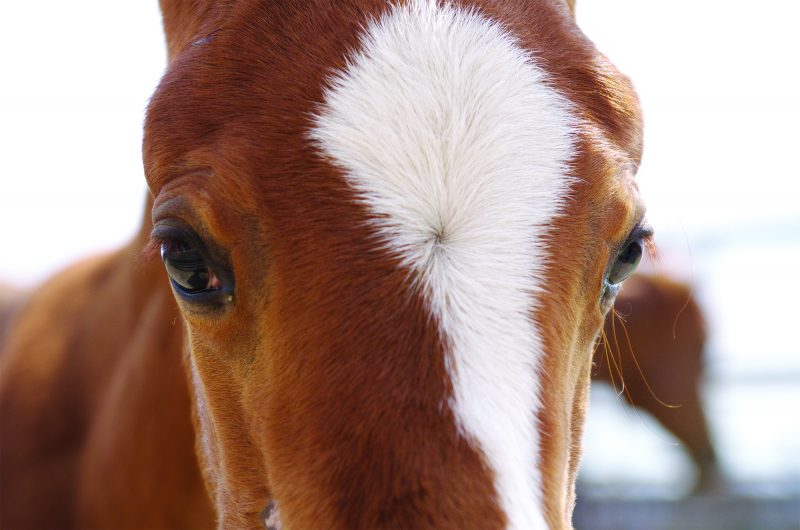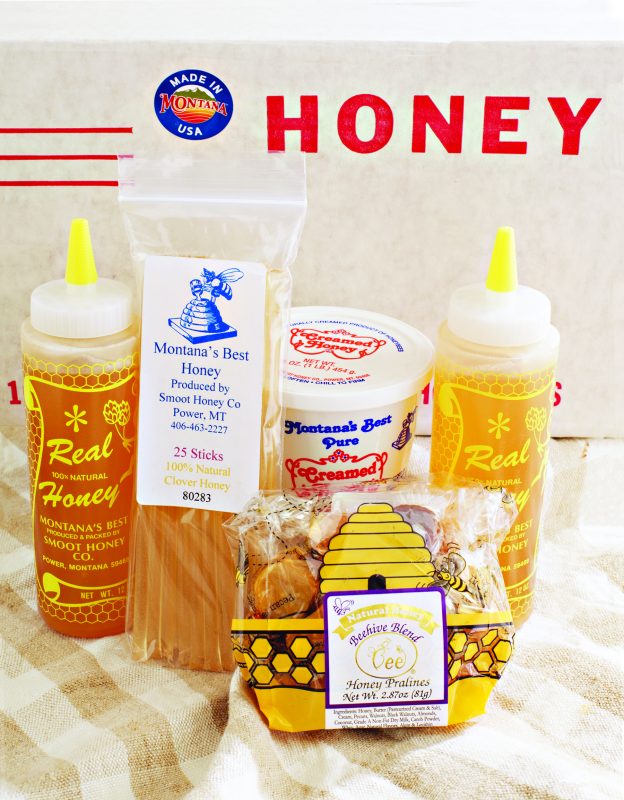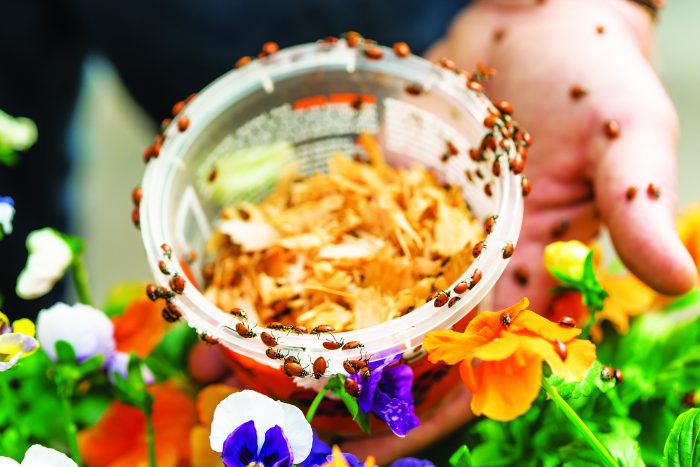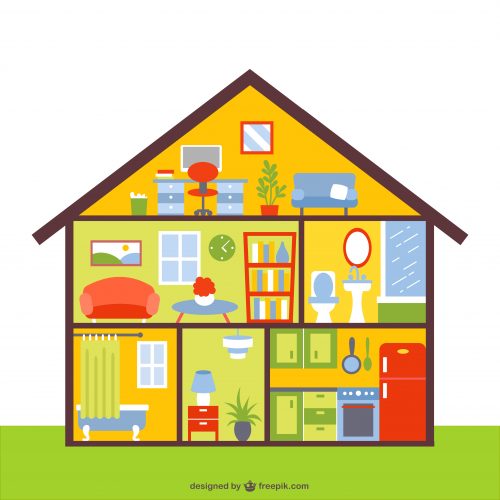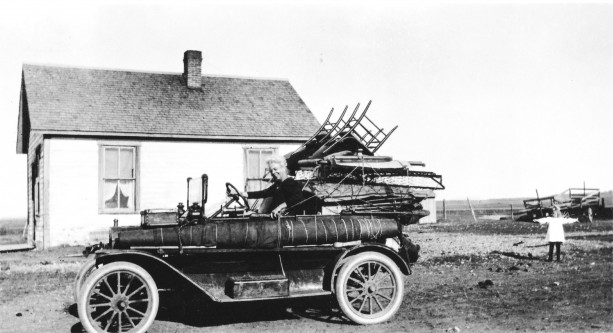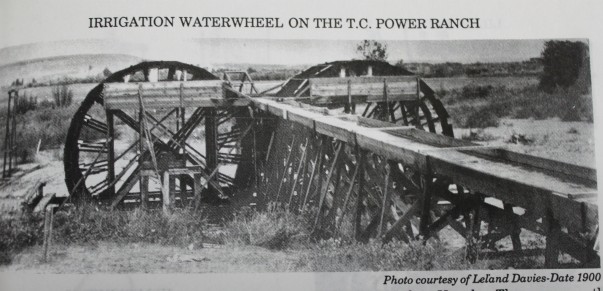Where the L Matters Most
Written by Heather Bode • Photography by Jinny Jandron
“We humans owe these creatures of God that perform at our bidding, our greatest respect.”
This eloquent statement, a salute to the horses they breed and race, graces the indoor arena owned by Gary and Dee Hoovestal of Helena. The image conjured by the words suggests a rider bowing to his steed- an appropriate gesture for all who know and love everything equine.
GETTING STARTED
Gary Hoovestal hails from Sanders, Montana, between Hysham and Forsyth, where his father owned Hoovestal’s Country Store. While his dad assisted customers, Gary was out back building and practicing in his own rodeo arena. “My dad always had horses and we had a few cows, too, on rented land on Sarpy Creek,” he says. By the time he was 9 or 10 he owned his first horse and still has the boots and spurs to prove it. “I broke horses when I was young and did rough stock and roped calves in rodeo.”
